-
Consumer Goods
- Overview
- Industries
- Services
Services
Access a full range of integrated solutions to support your business growth.
- Insights
Insights
Stay updated with our latest insights on Asia and beyond.
-
Healthcare
- Overview
- Industries
- Services
- Insights
Insights
Stay updated with our latest insights on Asia and beyond.
-
Performance Materials
- Overview
- Industries
- Services
- Insights
Insights
Stay updated with our latest insights on Asia and beyond.
-
Technology
- Overview
- Industries
- Services
- Insights
Insights
Stay updated with our latest insights on Asia and beyond.
- Our products
Our products
Search our product database.
-
Services
- Overview
- Sourcing
Sourcing
Accessing a global sourcing network.
- Market insights
Market insights
Generating ideas for growth.
- Marketing and sales
Marketing and sales
Opening up new revenue opportunities.
- Distribution and logistics
Distribution and logistics
Delivering what you need, when you need it, where you need it.
- After-sales services
After-sales services
Servicing throughout the entire lifespan of your product.
- Digital & IT Backbone
DKSH CSSC
Learn about our global hub for Digital & IT services.
- Insights
- Home
- Technology
- Our products
- Waters - LC Columns
- Home
- Technology
- Our products
- Waters - LC Columns

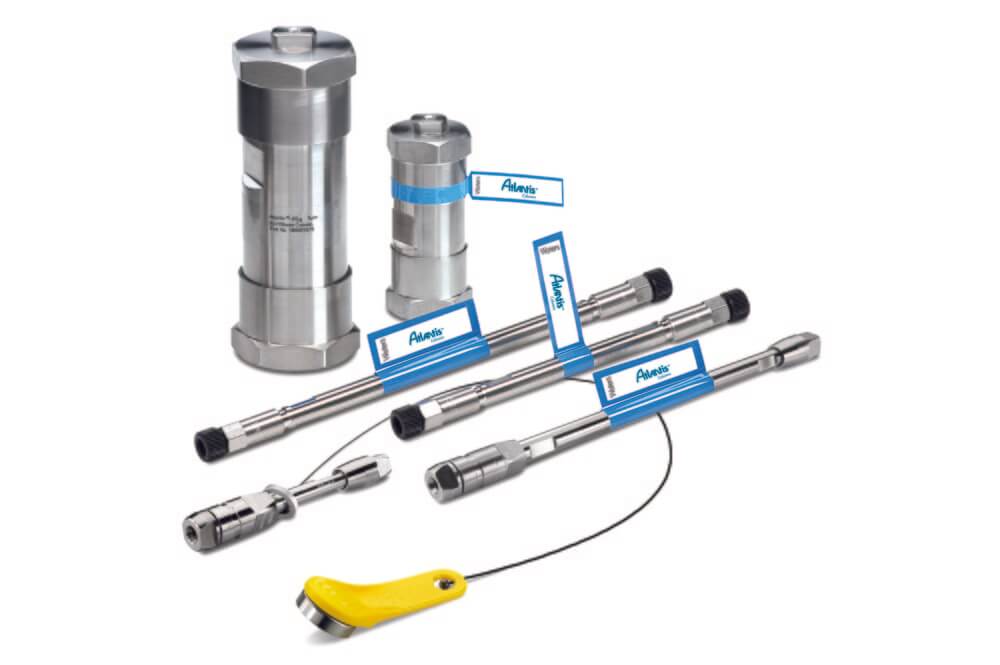
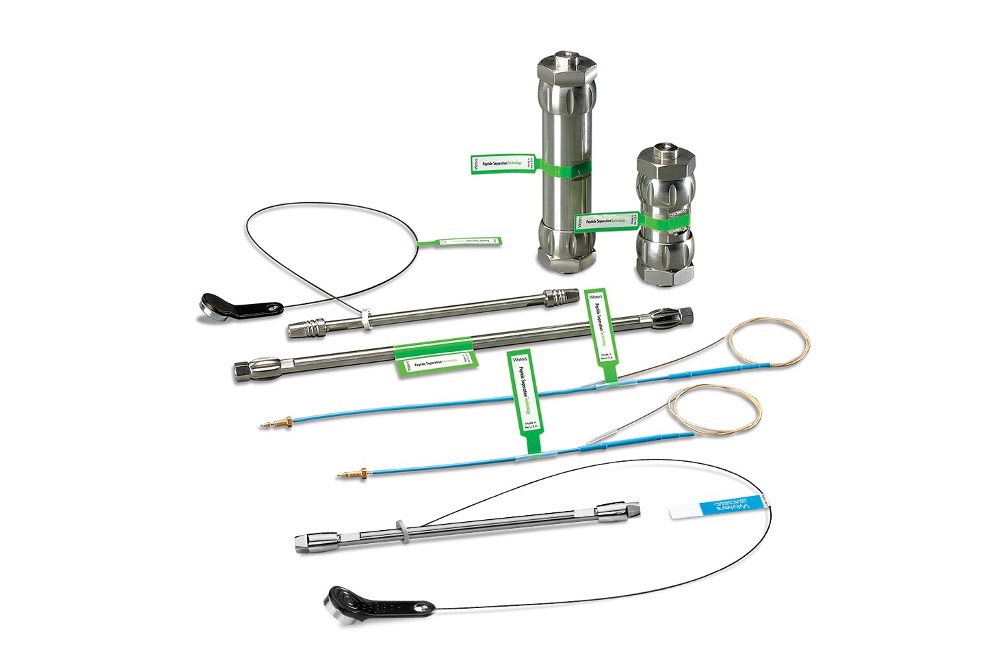








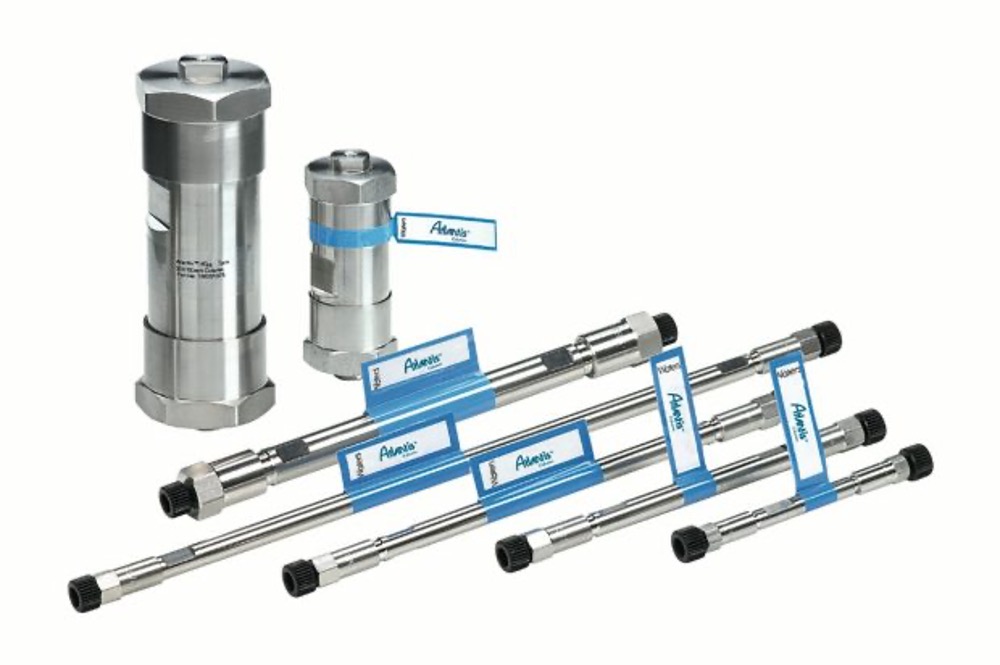


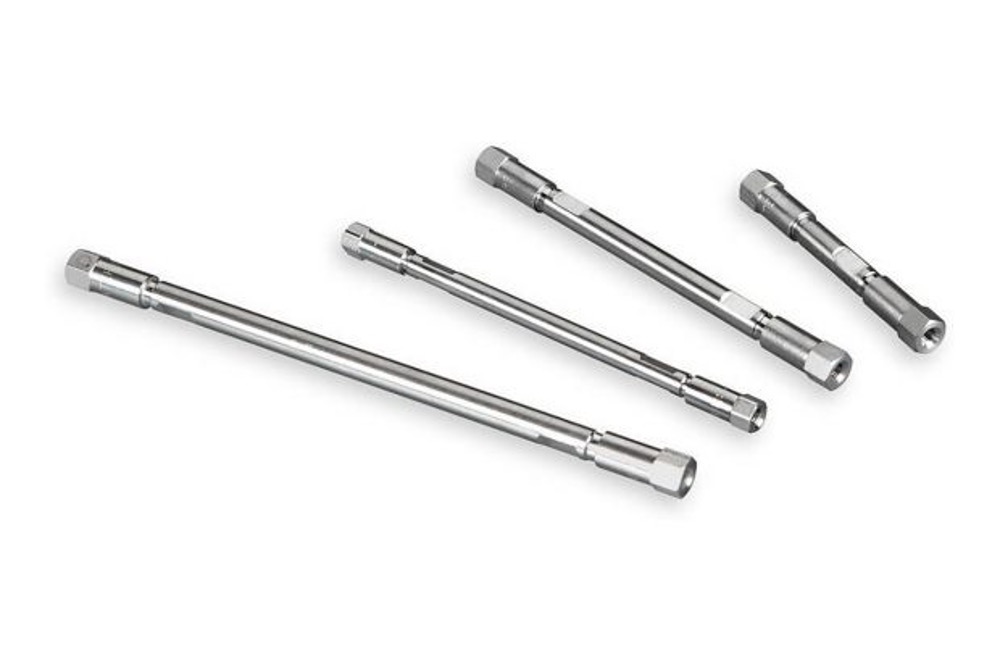





















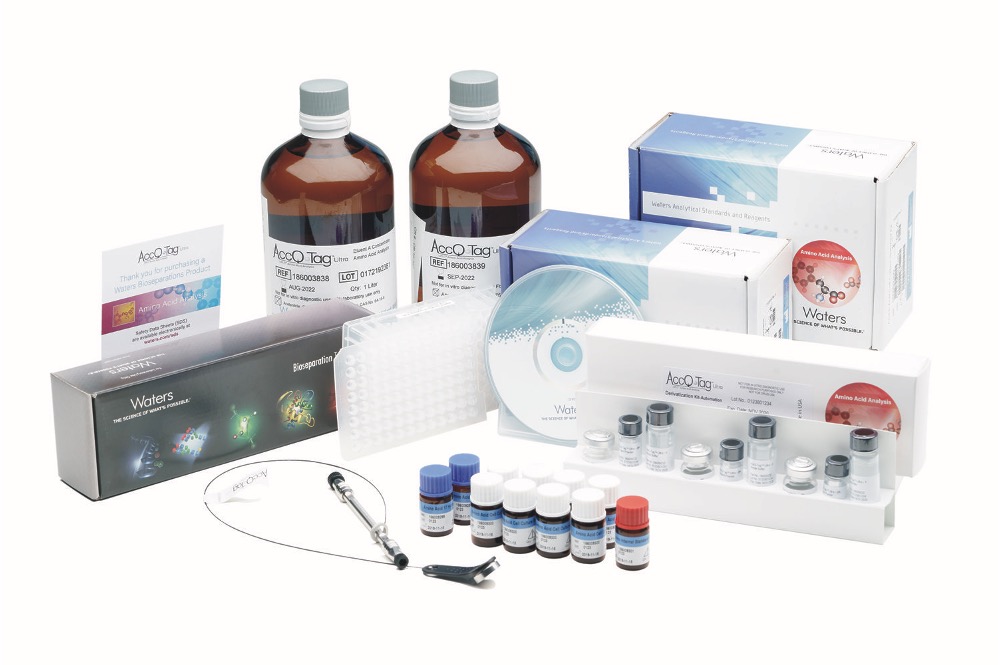

















 Waters Corporation, the world's leading specialty measurement company, has pioneered chromatography, mass spectrometry and thermal analysis innovations serving the life, materials and food sciences for nearly 60 years. With approximately 7,000 employees worldwide, Waters operates directly in 31 countries, including 15 manufacturing facilities, and with products available in more than 100 countries. Waters Corporation's businesses include Waters, TA Instruments, VICAM, ERA, and Nonlinear Dynamics. Waters creates business advantages for laboratory-dependent organizations by delivering ultra performance liquid chromatography (UPLC), high-performance liquid chromatography (HPLC), chromatography columns and chemistry products, mass spectrometry systems, laboratory informatics solutions, and comprehensive service programs to enable significant advancement in healthcare delivery, environmental management, food safety, and water quality.
Waters Corporation, the world's leading specialty measurement company, has pioneered chromatography, mass spectrometry and thermal analysis innovations serving the life, materials and food sciences for nearly 60 years. With approximately 7,000 employees worldwide, Waters operates directly in 31 countries, including 15 manufacturing facilities, and with products available in more than 100 countries. Waters Corporation's businesses include Waters, TA Instruments, VICAM, ERA, and Nonlinear Dynamics. Waters creates business advantages for laboratory-dependent organizations by delivering ultra performance liquid chromatography (UPLC), high-performance liquid chromatography (HPLC), chromatography columns and chemistry products, mass spectrometry systems, laboratory informatics solutions, and comprehensive service programs to enable significant advancement in healthcare delivery, environmental management, food safety, and water quality.




